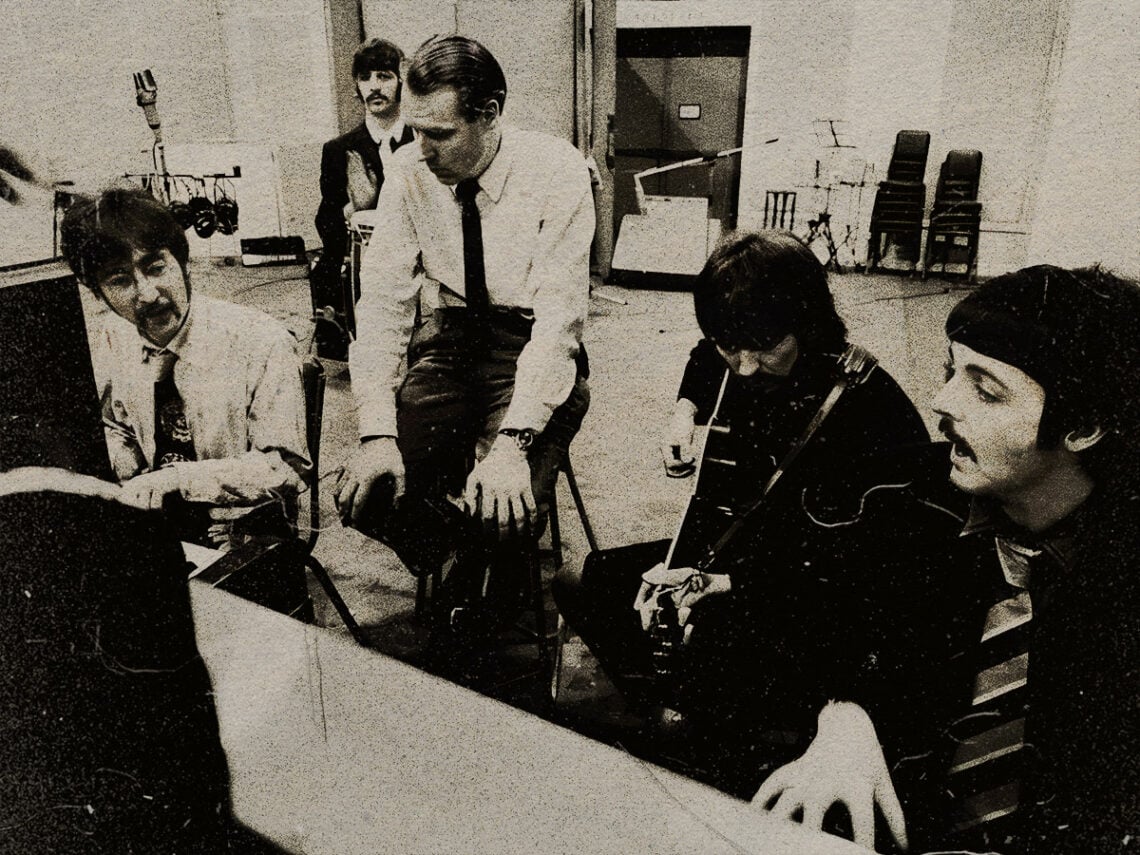Of all the people throughout history who have been called ‘The Fifth Beatle’, George Martin may deserve the title more than anybody. Although every part of the Fab Four’s team was responsible for turning them into the cultural juggernaut that we know and love today, Martin was essential to them creating magic in the studio. Even though he could get the band to sound immaculate on record, Martin admitted that a few songs weren’t up to par occasionally.
From the first time the group walked into Abbey Road Studios, Martin already knew that they weren’t quite ready to become their own songwriters. While the group begrudgingly worked their way through the Mitch Murray piece ‘How Do You Do It’, they would blossom as writers when they presented their producer with the beginnings of the track ‘Please Please Me’, which introduced the world to the trademark Beatles sound.
For the next few years, Martin would work with the band to push their music further, going beyond the traditional pop song with albums like Rubber Soul and Sgt Peppers. Although each album marked a new direction forward, everything started to come to a halt when working on The White Album.
By the time manager Brian Epstein passed away and the group ventured to India to practice transcendental meditation, every member was in a different creative place when working on the double album. While the record ultimately boasted some of the most experimental tracks the band had ever made, Martin took issue with one of George Harrison’s cuts.
Having been kept down as a songwriter for years, Harrison finally reached the same level as John Lennon and Paul McCartney on ‘While My Guitar Gently Weeps’, featuring a guest appearance by Eric Clapton on lead guitar. When working on ‘Savoy Truffle’, Harrison had an idea that Martin didn’t care for at all.
Looking to add a brass section to the mix, Harrison had a score made that would work alongside his searing guitar parts. Once engineer Ken Scott finally got everything situated in the control room, Harrison thought that the track would have sounded better if everything was put through a distortion effect.
Recounting the experience in Living in the Material World, Scott recalled, “I got what I thought was a good brass sound. It all blended well, and George said, ‘Right, now distort them. They sound too nice, distort them’. So I, in one or another, had to mess them up.”
Even though Martin aired his grievances, Harrison wasn’t willing to back down, as Scott explained, “George Martin came in and listened, and he said, ‘Isn’t it a bit bright?’. And George just looked back at him and said, ‘Yeah, and I like it.’ Once Martin walked out, we just carried on as if nothing had happened.”
While the sessions left the band nursing their wounds, they figured they would come together for one final masterpiece with Martin, culminating in every member bringing their best material for the album Abbey Road. Even though The Beatles may have been outgrowing each other as creative partners, they were also breaking away from relying on Martin’s approach to production.



